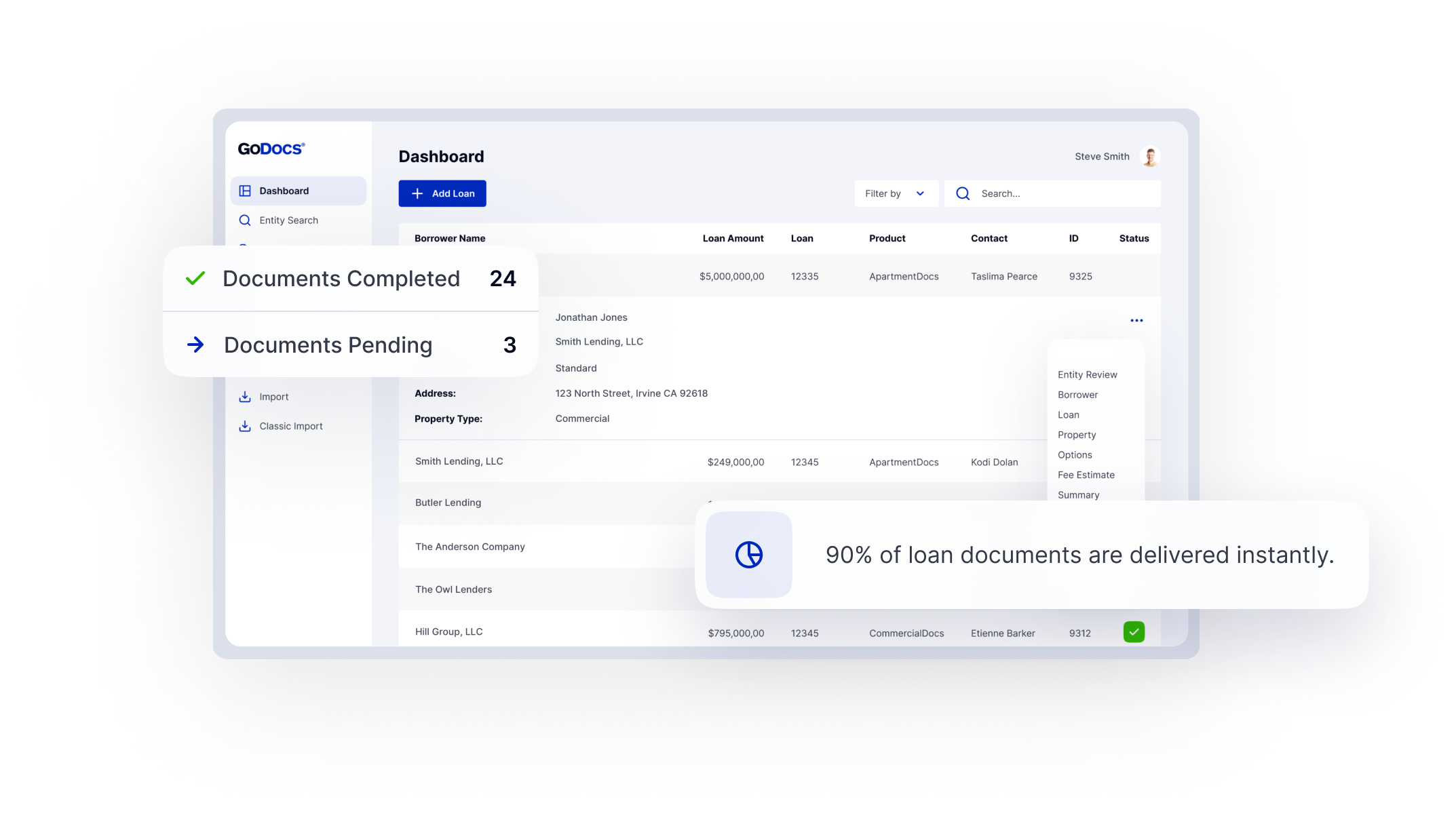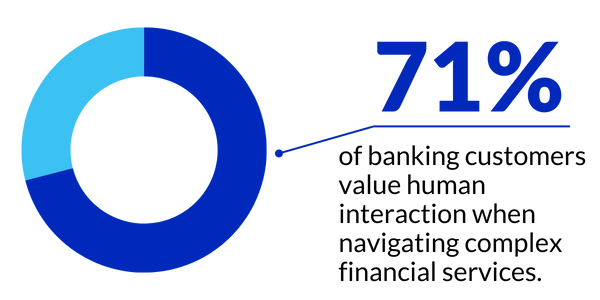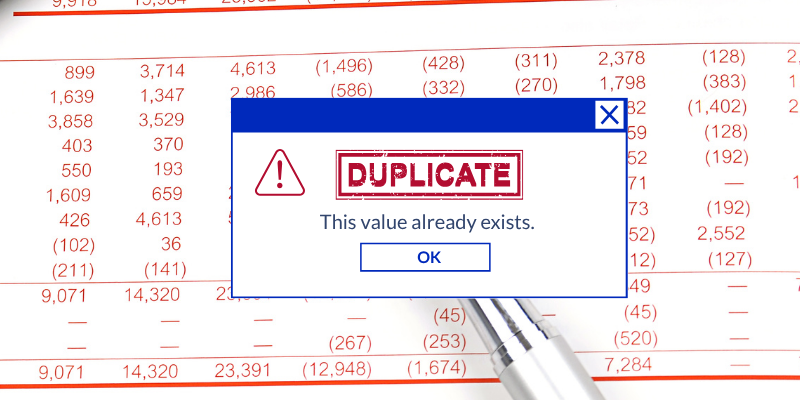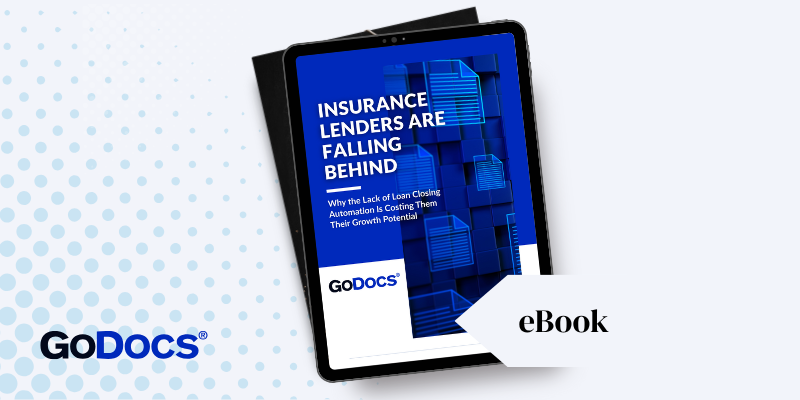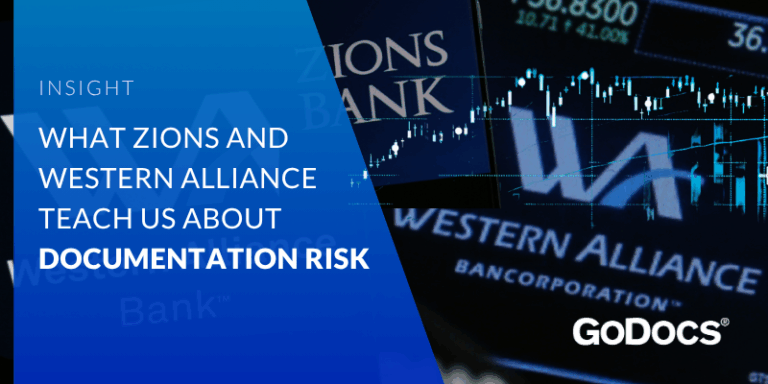Toggling between loan origination systems (LOS) and separate document preparation platforms not only slows down your closing process but also introduces risk, frustration, and room for error across your legal, credit, and operations teams.
Here’s the good news: It doesn’t have to be this way. With the right integration strategy, lenders can eliminate double data entry, reduce complexity, and support a smoother, more compliant closing experience.
Why Do Disconnected Loan Systems Double the Workload?
Despite modern platforms, many lenders still face a frustrating bottleneck: systems that don’t communicate. Your LOS handles origination and underwriting, but when it’s time to generate closing documents, you’re forced to re-type the same data into the document closing system.
That means:
- Logging into a separate system
- Re-entering borrower and loan data by hand
- Managing different credentials, interfaces, and support channels
- Downloading and re-uploading documents between platforms
This disconnected process creates friction at a critical point in the lending lifecycle. Lenders face extra manual work, and legal teams are left to catch errors caused by redundant data entry.
What Are My Options for Automating Data Entry for Commercial Loans?
GoDocs offers integration options that match the needs of any lending workflow, from basic data sharing to fully embedded automation.
Option 1: JSON File Import (Basic Integration)
This approach allows you to export borrower data from your LOS and import it into GoDocs.
It fills in document templates automatically, eliminating the need to manually rekey data. You’ll still log in to GoDocs, but you’ll spend less time preparing docs.
Pros: Minimal manual data rekeying for faster document prep, plus a quick go-to-market setup that usually doesn’t require developer resources.
Cons: You still need to log in to GoDocs separately since credentials and access aren’t embedded.
Option 2: Embedded LOS Ordering (Intermediate Integration)
This is a major step forward. You create the document order directly from your LOS, and data flows automatically into GoDocs.
Pros: Data flows directly from the LOS, reducing manual entry and improving accuracy. Faster document creation and less context-switching between systems.
Cons: May still require manual user action or data entry when moving the order to the servicing platform.
Option 3: LOS + Core Integration (Advanced Integration)
GoDocs becomes fully embedded into your LOS and servicing systems. Data flows automatically across platforms, and document generation is triggered from within your LOS.
Pros: Seamless, end-to-end automation. No manual data entry or platform switching. Reduces risk and speeds up closings.
Cons: Requires deeper technical setup and coordination with your LOS and servicing systems.
Why Does Eliminating Double Data Entry Matter?
Reducing double data entry isn’t just about saving time. It’s about reducing risk. Manual entry increases the likelihood of errors, which can delay closings or create legal and compliance issues.
By integrating GoDocs into your existing workflow, you:
- Eliminate redundant tasks
- Improve accuracy across documents
- Simplify compliance oversight
- Reduce strain on credit, legal, and operations teams
And most importantly, you make the process easier for borrowers. This will enrich your reputation and competitiveness in the market.
Ready to Move Beyond Manually Keying in Duplicate Lending Data?
If your team is still switching platforms, re-entering data, and managing duplicate workflows, it’s time to explore a better way. Learn how GoDocs can help you streamline document preparation through seamless LOS integration.
Your borrowers (and your team) will thank you.
